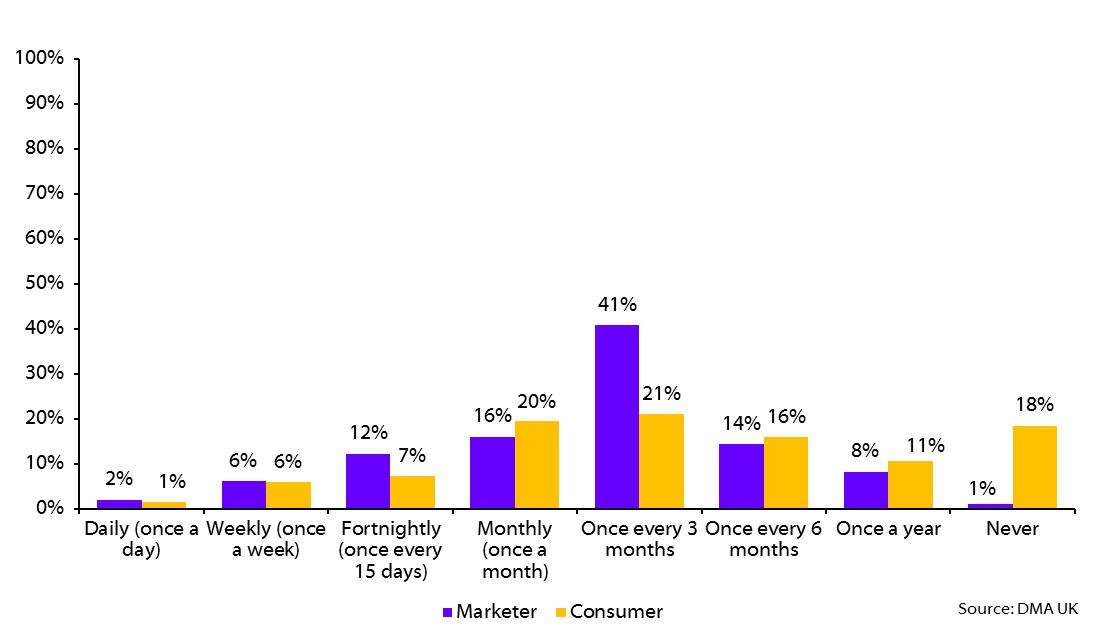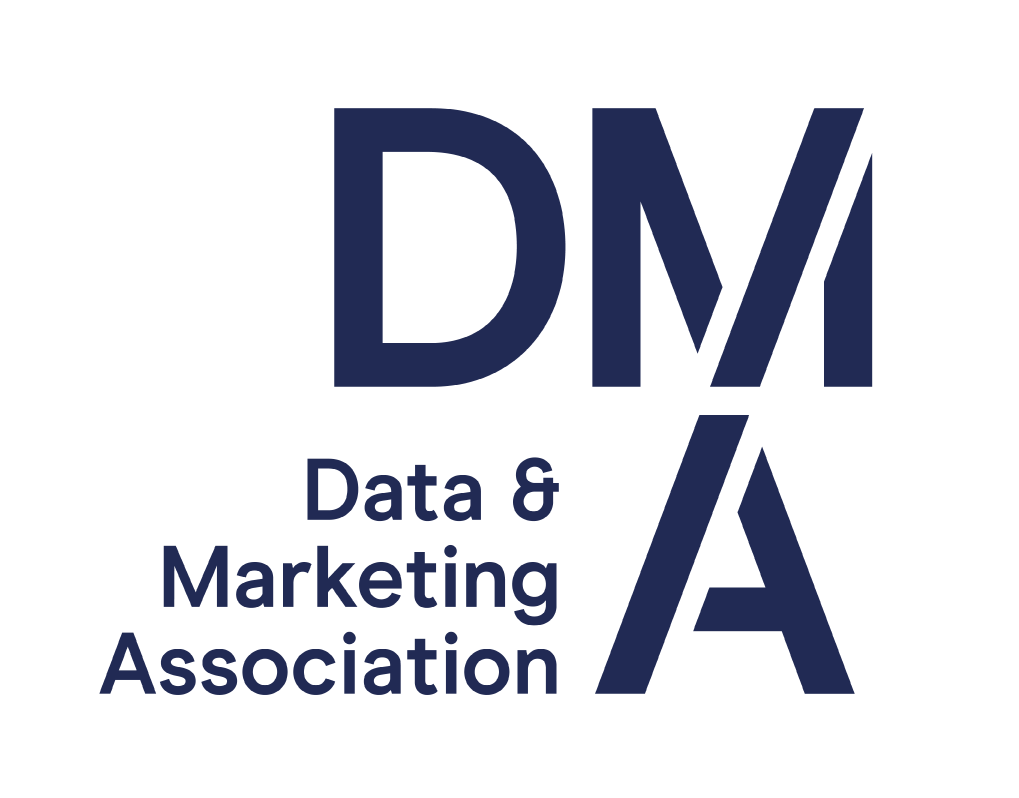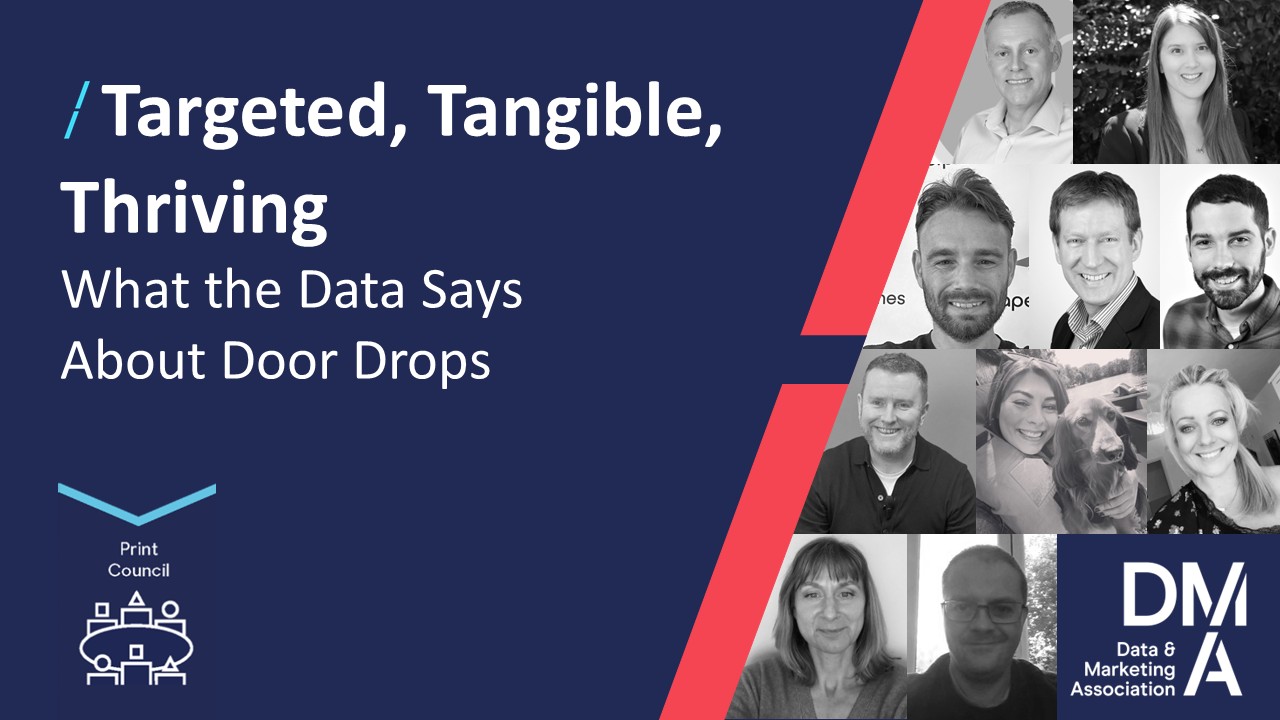Is the future of public sector communications with residents, offline, online, or both? â Part 2
06 Feb 2014
Part 2 of a 2-part blog on print and online communication from local and county councils
The DMA Door Drop Committee commissioned research in November 2013 to determine the extent of the gap in understanding between householders and local and county council marketers in terms of how they want to be communicated with.
A six-question online survey was sent to 1,000+ consumers via Toluna QuickSurveys. The same survey was also sent, with the help of The Letterbox Consultancy to 800 marketers (13.25% response rate – 106 completed responses) based in local and county councils. In this blog ‘marketer’ denotes ‘marketers from local and county councils only’ and not the industry at large.
Print, online or both?

- 40% of consumers prefer receiving communication in print (marketers 21%), 39% prefer online (marketers 22%), whilst 21% of consumers actually want communication via both channels (marketers 57%)
- Over 60% of 18-34 year-olds would prefer to receive communication in online form only, or online and print form. Nearly half (47.5%) of 18-34 year-olds go online twice or less per year to access information about their local council
- 42% of women are more inclined to receive communication in print form than men 36%
Are consumers searching online for information from local and county councils?

- 18% of consumers never search online for information from their local/county council (marketers 1%)
- When considering only 18-34 year-olds and 55+ year-olds, the number of people that never search online increases to over 21%
- Only 21% of consumers search for information once every three months, in comparison to marketers’ beliefs that nearly double (41%) actually search
- Just 14% of consumers search online for information at least once every fortnight (marketers 20%)
Summary
Given that local/county councils provide residents with numerous services, consumers would generally be favourable to receiving information from them, as they’re mostly trusted organisations. Over 73% of consumers openly state that they want to receive communication from their local authority.
A similarly high proportion of consumers (74%) expect to hear from their local authority at least on a quarterly basis, with many wanting more regular communication. There is a demand for information from the local authority.
When considering how information can be made available to consumers, only 13% state that they’re unlikely to read local authority communication that is provided in print form. Direct mail and print media score highly for trust, and over 71% of consumers want print to play a part in the communication that they receive from their local authority.
Consider the younger generation: over two thirds of 18-34 year-olds want to hear from their local authority on a quarterly basis or more regularly, and over 60% would prefer to receive that communication online, or in online and print form. However, nearly half of 18-34 year-olds search for information about their local authority online twice or less per year. There is a disconnect between consumers (particularly young) believing that they want information online, with how likely they actually are to go out and find that information online.
Furthermore, over 35% of consumers never search for information about their local authority online, or only search once a year. How likely are those consumers, therefore, to read a Council newsletter online?
Marketers have slightly over estimated the degree and frequency to which consumers want to hear from their local authority, but have rightly estimated that a far greater proportion of consumers are unlikely to search online for local authority information than they are to read information in print form.
However, it would appear that marketers have severely underestimated how many consumers would never search for information about their local authority online.
Conclusion
The initial conclusion to draw from these survey results is that a local authority’s choice of media channel, through which to promote their council newsletter/magazine, will directly affect the likelihood that the people within their local authority will read it.
Consumers express a greater preference to receiving information from their local authority in print form, and though many are happy to receive information online, the lack of print option will affect the number of people that choose to read the information.
More pointedly, there is a clear distinction between the regularity that consumers search for information about their local authority online, compared with those that read information in print form.
If you consider this as a comparison between picking up and reading an item that has been delivered through your letterbox with an item that has been published on a page of the council web site, it is perhaps understandable.
Local authorities are under terrific pressure to reduce their budgets, and it is understood that an online version of a printed newsletter or magazine will have significant cost benefits.
However, the findings of this survey raise the question of how damaging an online-only approach can be to readership levels – with a significant proportion guaranteed not to see the item, because they never search online for local authority information.
Whilst many local authorities continue to produce communication in printed format, it is perhaps time for other local authorities – that have moved to online-only – to review the value of print, and to consult experts about how costs can be reduced without losing the effectiveness of the printed item entirely.
Read part 1 of the blog.
By guest bloggers from the DMA Door Drop Committee





Please login to comment.
Comments